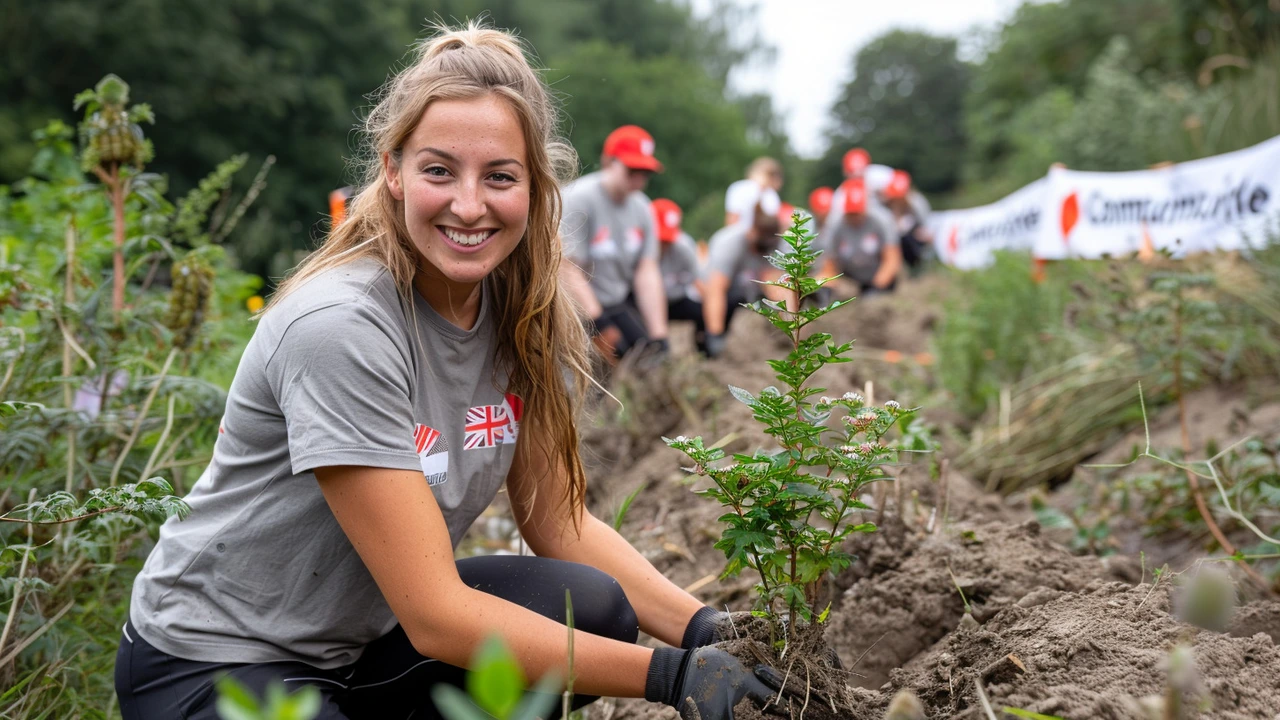Community Service: Practical Ways to Boost Canine and Community Health
Want to help dogs and people in your neighborhood without overcommitting? Community service doesn’t need to be a big production. Small, well-planned efforts—like a one-day vaccination drive, a donation drop-off, or a volunteer-led dog-walking roster—can make a real difference for pets and owners who need support.
Community projects also improve health. Teaching simple skills—how to calm a stressed dog, basic first aid, or easy relaxation techniques for anxious owners—reduces emergencies and lowers stress for everyone involved. You don’t need special credentials to lead many activities. A clear plan, a safe approach, and a few volunteers are enough to start.
Practical ideas you can start this month
Pop-up pet clinics: Partner with a local vet or student clinic for low-cost shots and microchipping. Set up a table at a park or community center, advertise on social media, and ask for a small volunteer fee or donation to cover costs.
Community massage workshops: Teach basic, gentle massage techniques for dogs or for owners who carry stress from caregiving. Use short demonstrations and handouts. Link the session to recovery tips from sports massage or simple myofascial release moves—make everything practical and low-risk.
Meditation and calmness classes: Run 20-minute sessions that teach breathing, grounding, and quick relaxation tools for nervous owners. Pair these with pet-friendly activities—quiet walks or guided petting—for immediate benefits.
Healthy-eating demos: Host a short talk on dog-safe nutrition and snacks for owners. Show quick recipes and explain why omega-3s or balanced breakfasts matter for mood and energy—both human and canine.
Creative therapy meet-ups: Organize monthly art or music sessions at a shelter. Simple activities like painting or group singing reduce stress for volunteers and pets and often improve adoption readiness.
How to run a simple, safe volunteer session
Plan a one-page run sheet: time, location, roles, supplies, and basic safety rules. Assign a point person so volunteers know who to contact if something goes wrong.
Cover safety: require leashes, ask about dog behavior before interactions, and have a quiet area for overwhelmed pets. For human participants, share basic injury and allergy precautions and keep a first-aid kit on hand.
Measure impact: track how many pets you helped, what supplies were used, and quick participant feedback. A short form with three questions—what worked, one thing to improve, and whether they’d return—gives useful data without hassle.
Follow up: send a thank-you note, post photos (with permission), and share what you learned. Small wins build trust and make it easier to run the next event bigger and better.
If you have a skill—massage, meditation, nutrition, or basic pet care—swap time with shelters or community centers. Start small, stay practical, and focus on safety. That’s how community service becomes sustainable and actually helps both dogs and people.

Unveiling the Soulful Rewards: The Surprising Health Benefits of Volunteering
Volunteering is often seen as a selfless act of giving your time and skills to help others. However, the act of volunteering has numerous health benefits that enrich not only the community but the volunteer's physical and mental health. This article delves into the various health benefits of volunteering, illustrating how this noble activity can be good for the soul, enhance one's physical well-being, and foster a strong sense of community. Discover the profound impact volunteering can have on reducing stress, combating depression, and even extending one's lifespan.




